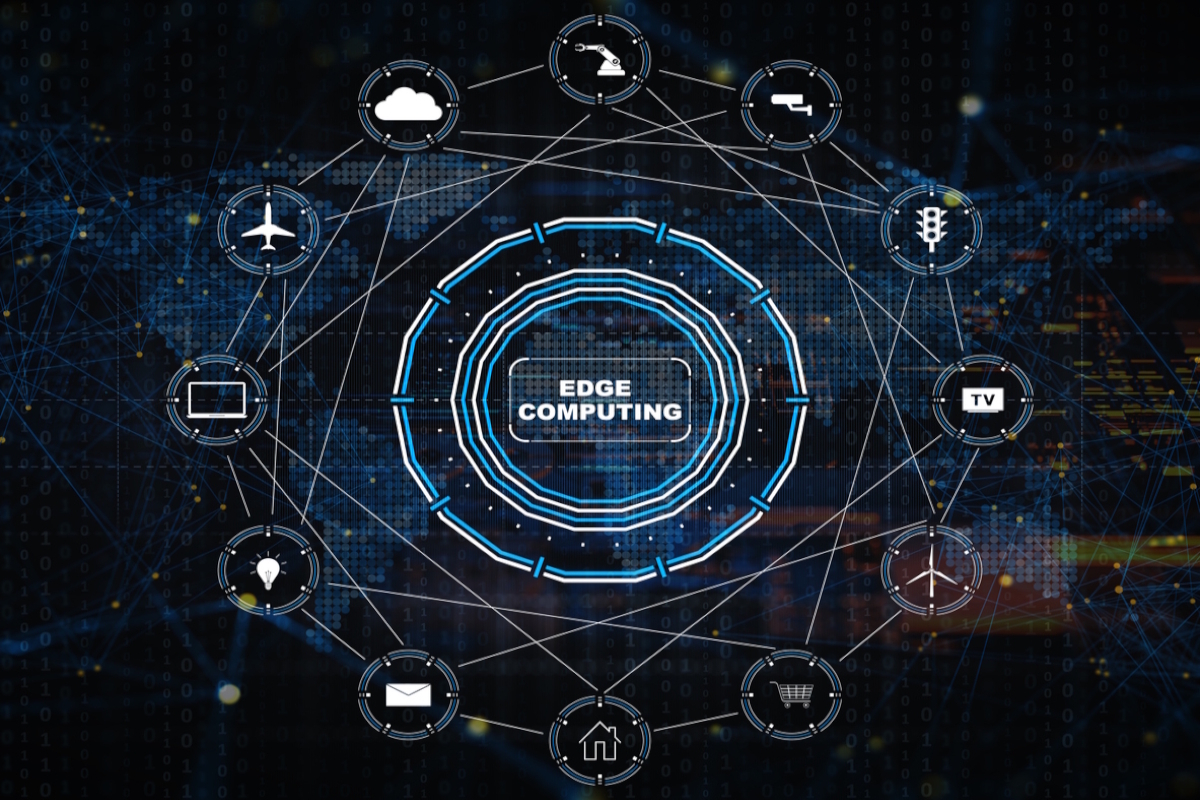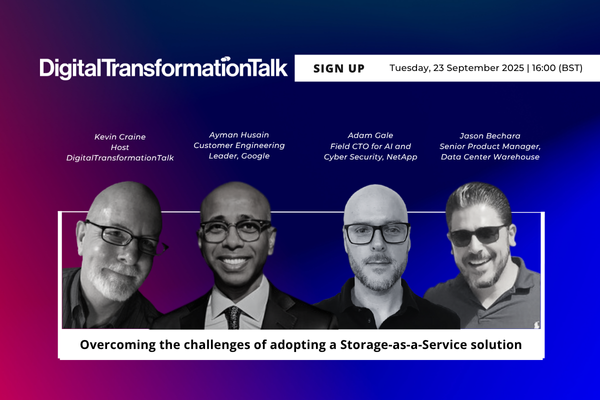Edge computing and the move to agentic AI

Tobie Morgan Hitchcock at SurrealDB outlines what every enterprise leader should know about edge-native systems
Edge-native systems are built to run intelligence at the point of action. This is true in a host of industries; supply chain and logistics (autonomous warehouses; fleet management); financial services (fraud detection; real-time trading platforms); workforce productivity (smart factories; retail store operations); energy and infrastructure (smart grids; remote industrial operations). They compress decision cycles in ways cloud-only systems can’t: by letting AI agents perceive, remember, and act directly where events happen, and where decisions matter most.
For the past decade, the conversation around edge computing has centred on latency and cost savings. Faster transactions, cheaper data transfer, fewer round trips to the cloud. But a new reality is emerging. The true impact of edge-native systems will not be measured in milliseconds saved; it will be measured in entire business models reshaped. At the heart of this shift is a new class of technology: agentic AI. These are not passive algorithms waiting for human input; they are autonomous systems that are already beginning to compete with - and outpace - traditional, human-led workflows.
The rise of Agentic AI: why autonomy is here now
AI with agency is already beginning to determine competitiveness at the Fortune 500 level. AI agents no longer simply provide insights for human review but are empowered to take action in real time, running workflows at the point of decision without waiting for cloud orchestration or human sign-off. Think of logistics networks that autonomously reroute shipments based on live conditions, financial systems that optimise portfolios on the fly, or manufacturing lines that self-correct in real time. In each case, the speed of response becomes a differentiator, and traditional cloud architectures cannot keep up.
This is why edge-native matters. It enables agents to operate with memory, context, and autonomy - something legacy databases and cloud architectures were never designed to handle.
Three impacts on enterprises
New operating models and governance. The shift to agentic AI will fundamentally change how enterprises operate. AI will behave less like a tool and more like a collaborator. This raises profound governance questions: how do you audit the decisions of an autonomous system; and how do compliance frameworks adapt when the “actor” in a workflow is an AI agent. Risk management models built around human accountability will need to evolve quickly. Boards must begin asking not just “What can AI do for us?” but “What risks are we assuming when AI is acting on our behalf?”
New infrastructure requirements. Enterprises cannot simply bolt AI onto existing systems and expect scalability. Traditional databases and cloud infrastructures were built for static queries and predefined schemas, not for agents that continually perceive, adapt, and remember. What’s required is a new kind of infrastructure: systems capable of maintaining evolving context across thousands of AI-driven interactions. In other words, databases and platforms that are edge-native by design, built to run where the action happens, and capable of supporting continuous, agent-led decision-making. This is not an incremental upgrade; it is a wholesale rethink of what the system of record looks like in an AI-driven enterprise.
Strategic urgency and competitive risk. Perhaps most importantly, this is not a change enterprises can defer. The adoption curve is already underway, and the competitive implications are stark. Companies that hesitate risk being outpaced by rivals deploying AI agents that compress decision cycles and operate at speeds no human team can match. The edge-native era will create winners and losers defined by how quickly they embrace autonomy.
Practical questions leaders must ask
For executives navigating this transition, the path forward begins with asking the right questions:
- Systems of record: what new records of decision, action, and context will AI agents generate? How will they be managed, audited, and secured?
- Governance risks: what accountability structures must be in place when AI agents are operating autonomously? How do compliance and regulatory frameworks adapt?
- Infrastructure readiness: are our current systems capable of supporting real-time, contextual decision-making at scale? Or are we relying on architectures that will bottleneck autonomy?
- Return on investment: how do we measure ROI when AI agents are not simply automating tasks but reshaping workflows and decision cycles themselves?
By framing the challenge in these terms, enterprise leaders can elevate the AI conversation from tactical adoption to strategic transformation.
From technology shift to business survival
The shift to edge-native systems is about far more than technology. It is about how enterprises will compete and survive in a world where speed, autonomy, and adaptability are decisive. Cloud-first strategies revolutionised the last decade of business, but they were built on the assumption that humans remain the primary decision-makers. Edge-native, agentic AI changes that equation.
Enterprises that cling to bolt-on AI risk creating systems that are too slow, too brittle, and too constrained to compete. Enterprises that embrace edge-native autonomy, on the other hand, position themselves to unlock entirely new operating models, efficiencies, and sources of value.
Act now, not later
For enterprise leaders, the decision point is here. The future of competitiveness lies not in squeezing more efficiency out of cloud-based architectures but in embracing edge-native, autonomous systems that allow AI to act as true collaborators. This is not a technology story. It is a story of business transformation, governance evolution, and strategic urgency. The leaders who act today - preparing governance models, rethinking infrastructure, and committing to edge-native roadmaps - will define the competitive landscape of tomorrow. The rest will be left behind.
Tobie Morgan Hitchcock is CEO of SurrealDB
Main image courtesy of iStockPhoto.com and MF3d

Business Reporter Team
Most Viewed
Winston House, 3rd Floor, Units 306-309, 2-4 Dollis Park, London, N3 1HF
23-29 Hendon Lane, London, N3 1RT
020 8349 4363
© 2025, Lyonsdown Limited. Business Reporter® is a registered trademark of Lyonsdown Ltd. VAT registration number: 830519543





